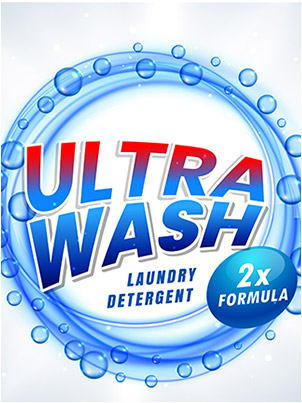How to Tackle Stains, Mold, and Dirt on Building Facades
The facade of a building is its first impression, reflecting its character, purpose, and cleanliness. Over time, exposure to weather, pollution, and biological growth can cause stains, mold, and dirt to accumulate, diminishing its appeal and potentially affecting the building’s structure. Effective cleaning and maintenance of facades not only restore their visual charm but also protect against long-term damage. Here’s a comprehensive guide to tackling stains, mold, and dirt on building facades.

Understanding Common Facade Issues
Before diving into cleaning methods, it’s essential to understand the main culprits behind facade deterioration:
- Environmental Pollution: Dust, exhaust fumes, and industrial emissions leave stubborn stains on facades.
- Biological Growth: Mold, mildew, and algae thrive in moist areas, causing discoloration and potential structural harm.

- Weathering: Rain and wind contribute to the accumulation of dirt and grime over time.
- Efflorescence: White, powdery residue from water-soluble salts in brick or concrete surfaces.
- Rust Stains: Caused by corroded metal components or water carrying iron particles.
Each of these problems requires specific cleaning techniques and tools for effective removal.
Essential Steps for Cleaning Building Facades
1. Conduct a Facade Assessment
- Verify the materials (such as concrete, brick, stone, glass, or metal) that were used to construct the facade.
- Take note of the kind and degree of any damage or stains.
- Examine any cracks or places where water may be leaking in, as these could make mold or efflorescence problems worse.
2. Choose the Right Cleaning Method
The method you choose depends on the type of dirt or stain and the material of the facade:
- Pressure Washing: Ideal for removing dirt and grime from sturdy surfaces like brick and concrete. Use low-pressure settings for delicate materials like stone to avoid damage.
- Chemical Cleaning: Use biodegradable cleaners or specific agents for stubborn stains like rust or efflorescence. Always test a small area before applying chemicals widely.
- Soft Washing: A low-pressure technique combined with cleaning solutions to effectively remove mold and algae without damaging the surface.
- Steam Cleaning: Effective for killing mold and mildew while loosening tough stains. This method is eco-friendly and works well on most facade materials.
- Manual Cleaning: For fragile facades or intricate designs, hand scrubbing with soft brushes and mild detergents is the safest choice.
3. Tackle Mold and Algae Growth
- Apply a cleaning solution specifically designed to kill mold and algae. Bleach-based cleaners are effective but must be used cautiously.
- Allow the solution to sit for 10-15 minutes, then rinse thoroughly with water.
- Prevent regrowth by ensuring proper drainage and applying a mold-resistant sealant if needed.
4. Remove Stubborn Stains
- For rust stains, use specialized rust removers that don’t harm the facade material.
- To eliminate efflorescence, scrub the area with a stiff brush and water. In persistent cases, use a diluted acid cleaner, ensuring you follow manufacturer guidelines.
5. Rinse and Seal
- After cleaning, rinse the facade with clean water to remove any remaining residue.
- Apply a protective sealant suited to the facade material to reduce future staining and weather damage.
Preventative Maintenance for Long-Term Results
Regular maintenance keeps facades looking their best and prevents the recurrence of mold, stains, and grime. Here are some tips to ensure your building facade stays clean:
- Check for stains, cracks, or mold growth every few months.
- Perform professional facade cleaning annually or biannually, depending on environmental conditions.
- Ensure gutters and drainage systems are functioning correctly to prevent water seepage.
- Trim nearby plants and trees to minimize organic debris and moisture on the facade.
When to Call Professionals
While some cleaning tasks can be handled independently, professional facade cleaning services are essential for:
- Large or multi-story buildings requiring specialized equipment like scaffolding or lift systems.
- Hard-to-remove stains such as graffiti, heavy efflorescence, or deep-seated mold.
- Delicate or historic facades needing expert care to avoid damage.
Professionals bring expertise, industry-grade tools, and eco-friendly cleaning solutions to ensure optimal results.
For getting a professional facade cleaning service you can try out our professional cleaning service team, Dubai Deep Clean.
Final Thoughts
Cleaning building facades is essential to maintaining the integrity and worth of the structure, not just for aesthetic reasons. You can guarantee that your building will continue to leave a powerful, enduring impression by using the appropriate methods and planning routine upkeep. These techniques will assist you in restoring and safeguarding the aesthetic appeal of your façade, whether you’re dealing with stubborn stains, mold, or normal dirt.



Leave a Reply